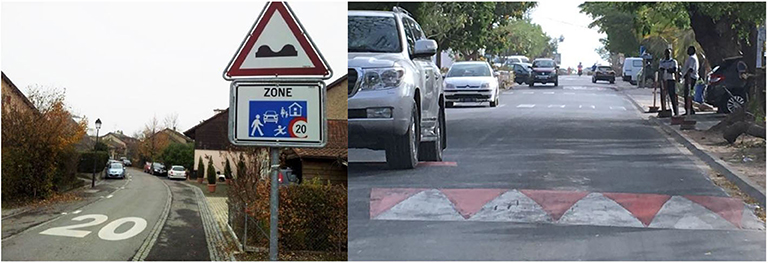Addressing Road Safety: Lawmakers Deliberate Tighter Speed Limits and Improved Pedestrian Safety Measures

As the festivities wound down, María Rivas Cruz and her fiancé, Raymond Olivares, bid their friends farewell, accompanying them to their car. Crossing a four-lane main road back to their newly purchased home, tragedy struck. They were hit by a car fleeing an illegal street race, traveling at 70 mph in a 40-mph zone.
Despite years of advocating for safety measures like a two-lane road, lower speed limits, safety islands, and more marked crosswalks, residents of this unincorporated area in southeastern Los Angeles felt little had been done to address speeding. Over the years, this half-mile stretch of Avalon Boulevard had seen 396 crashes since 2012, resulting in 170 injuries and three deaths.
Olivares, a 27-year-old civil engineer for the city of Los Angeles, became the fourth fatality that night. Rivas Cruz, transported to a hospital, remained in a coma for two weeks. Upon awakening, she underwent extensive reconstructive surgeries to mend her arm, jaw, and legs.
Following the crash in February 2023, the county installed protective steel posts midway across the street. However, residents, including Rivas Cruz, who now walks with a cane and lives with chronic pain, felt these measures fell short of what was needed.
“It’s just a Band-Aid on a cut. This is supposed to solve it, but it doesn’t, and that is what hurts,” Rivas Cruz lamented. “I go to sleep, and I’m like, ‘It’s just a dream, it’s just a dream.’ And it’s not.”
The nation’s road system, governed by a patchwork of jurisdictions, faces challenges in implementing systemic change. However, amidst a surge in pedestrian fatalities, there are calls for stricter speed limits and greater accountability in road design.
Efforts to enforce speed limits face political resistance. In California, a proposal by Democratic Sen. Scott Wiener to require GPS-equipped smart devices in vehicles faced pushback. The bill was later modified to mandate warning systems in vehicles exceeding the speed limit by more than 10 mph.
Despite initiatives like Vision Zero and substantial funding for transportation safety programs, advocates argue more must be done to ensure road safety.
The need for safer roads gained urgency during the COVID-19 pandemic, as fatalities rose despite reduced traffic. While recent data shows a slight decrease in motor vehicle fatalities, pedestrian deaths remain high. Advocates urge the federal government to address outdated standards for setting speed limits.
Grassroots efforts to curb speeding have emerged, with states like Michigan granting local governments authority to set lower speed limits.
In New York, Sammy’s Law, named after a 12-year-old pedestrian killed in 2013, allows for lower speed limits in designated areas.
Advocates also push for pedestrian safety considerations in vehicle safety ratings. However, automakers question the effectiveness of such measures.
In Los Angeles, hope for change arose with the passage of Measure HLA, requiring significant investment in road safety. Yet, for Rivas Cruz, the pain of her loss and the lack of infrastructure improvements serve as constant reminders of the need for change.




